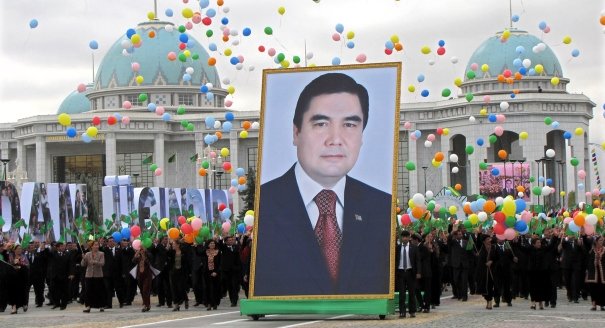Source: James a. Baker III Institute for Public Policy
Turkmenistan has enormous gas reserves, estimated at 13.4 trillion cubic meters (473.2 trillion cubic feet), and is generally ranked fourth globally, behind Russia, Iran, and Qatar. The country’s oil reserves, estimated at 600 million barrels, are substantially smaller. The country has announced plans to increase gas production to 230 billion cubic meters per year (bcm/y), or 8,122 billion cubic feet per year, by 2030—a threefold increase from its previous production high in 1990, and over 3½ times production levels in 2012.
The country obviously has the reserves to justify the optimism of its announced plans, but the natural challenges of exporting gas from this land-locked country and the self-imposed difficulty of doing business in the republic combine to make it far from clear whether Turkmenistan will be able to realize its full potential in the global gas market.This chapter will discuss the development of Turkmenistan’s natural gas sector and the difficulties foreign investors face in attempting to bring Turkmen gas to market. The chapter proceeds in four parts. Part I, “A Brief History,” provides a very brief look at the development of independent Turkmenistan’s political and economic structure. Part II, “The Challenge of Doing Business in Turkmenistan,” describes how Turkmenistan’s business environment has changed under the two presidents that have led the country since independence, the structure of political and economic power, and the pitfalls that foreign investors face. Part III, “Turkmenistan’s Export Challenge,” examines three different primary export scenarios for Turkmen gas—to Russia, Iran, and China—as well as a variety of other planned or previously hoped for export routes that have not come to fruition. Finally, Part IV, “Could a Libyan Scenario Occur in Turkmenistan?” discusses possible sources of social unrest and the potential for drastic political change in the country....
Read the full article on the website of the James A. Baker III institute for Public Policy.
